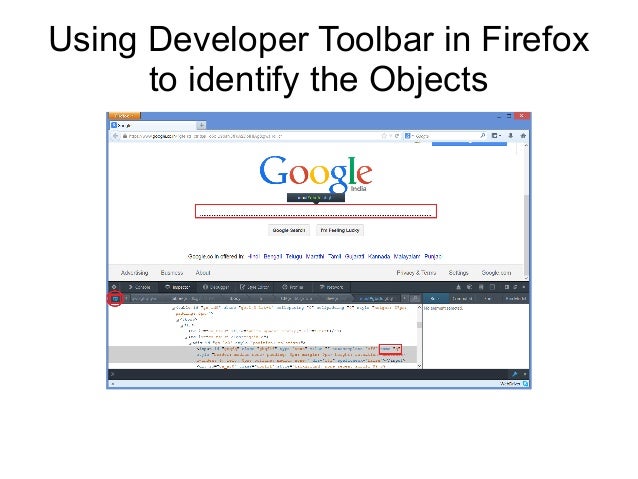
Selenium supports a number of different web locators, and you have to choose the one that meets your test requirements. Locators in Selenium WebDriver provide mechanisms for identifying HTML elements on the page. This is where locators in Selenium WebDriver come into the picture. However, the first operation is to identify those WebElements on the document (or page) under test. For example, the Action class in Selenium provides appropriate methods to perform keyboard and mouse actions on the elements in the DOM. Interactions (or actions) can be a click, type, double click, etc. Best practices for using Locators in Selenium WebDriverįor starters, Selenium is a test automation framework that lets you automate the interactions with the WebElements on the DOM.
#Selenium webdrive route not found how to#

If you are a Selenium 4 user, make sure to check out the bonus section where I have covered relative locators in Selenium 4. In this Selenium testing tutorial, I deep dive into the multiple locators in Selenium WebDriver, along with demonstrating the usage of those locators. Picture this – there is a huge test suite, and choosing inappropriate locators in Selenium WebDriver can lead to a breakdown of the entire test suite!Īvoiding such a catastrophic situation when performing Selenium automation testing is essential, making it important to choose the right locator in Selenium WebDriver for interacting with the WebElements. The reason is simple – locators in Selenium WebDriver help you in performing the requisite interactions with the elements in the DOM.Ĭhoosing the best-suited locators in Selenium WebDriver is one of the keys to ensuring that the tests are less flaky (or brittle) – a factor that leads to the failure of Selenium automation tests. Selenium locators can be considered as the building block of any type of Selenium automation test script. As per my experience, every QA who wants to dabble with Selenium should have a good understanding of locators in Selenium WebDriver.

Though frameworks like Cypress, Puppeteer, PlayWright, etc., are playing the catch-up game, Selenium still rules the automation testing framework charts. Selenium is still the most sought-after framework when it comes to web automation testing. For more in-depth resources, check out our content hub on Selenium Locators Tutorial.
#Selenium webdrive route not found driver#


We can access this iframe through this below URL: Let’s take an example to switch frame in Selenium displayed in the below image. driver.switchTo().frame(“id of the element”) Įxample of Switching to iframe through ID:.Name and ID are attributes for handling frames in Selenium through which we can switch to the iframe. Suppose if there are 100 frames in page, we can switch to frame in Selenium by using index. Index is one of the attributes for frame handling in Selenium through which we can switch to it. How to switch over the elements in iframes using Web Driver commands:īasically, we can switch over the elements and handle frames in Selenium using 3 ways. Int size = driver.findElements(By.tagName("iframe")).size() We can even identify total number of iframes by using below snippet. In above diagram, you can see that ‘ This Frame‘ option is available upon right clicking, so we are now sure that it is an iframe. Right click on the page and click ‘View Page Source’ and Search with the ‘iframe’, if you can find any tag name with the ‘iframe’ then it is meaning to say the page consisting an iframe.Right click on the element, If you find the option like ‘This Frame’ then it is an iframe.(Please refer the above diagram).


 0 kommentar(er)
0 kommentar(er)
